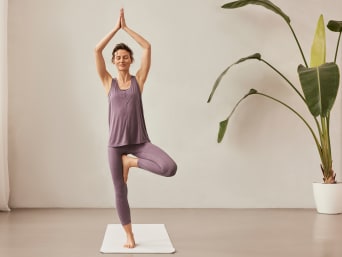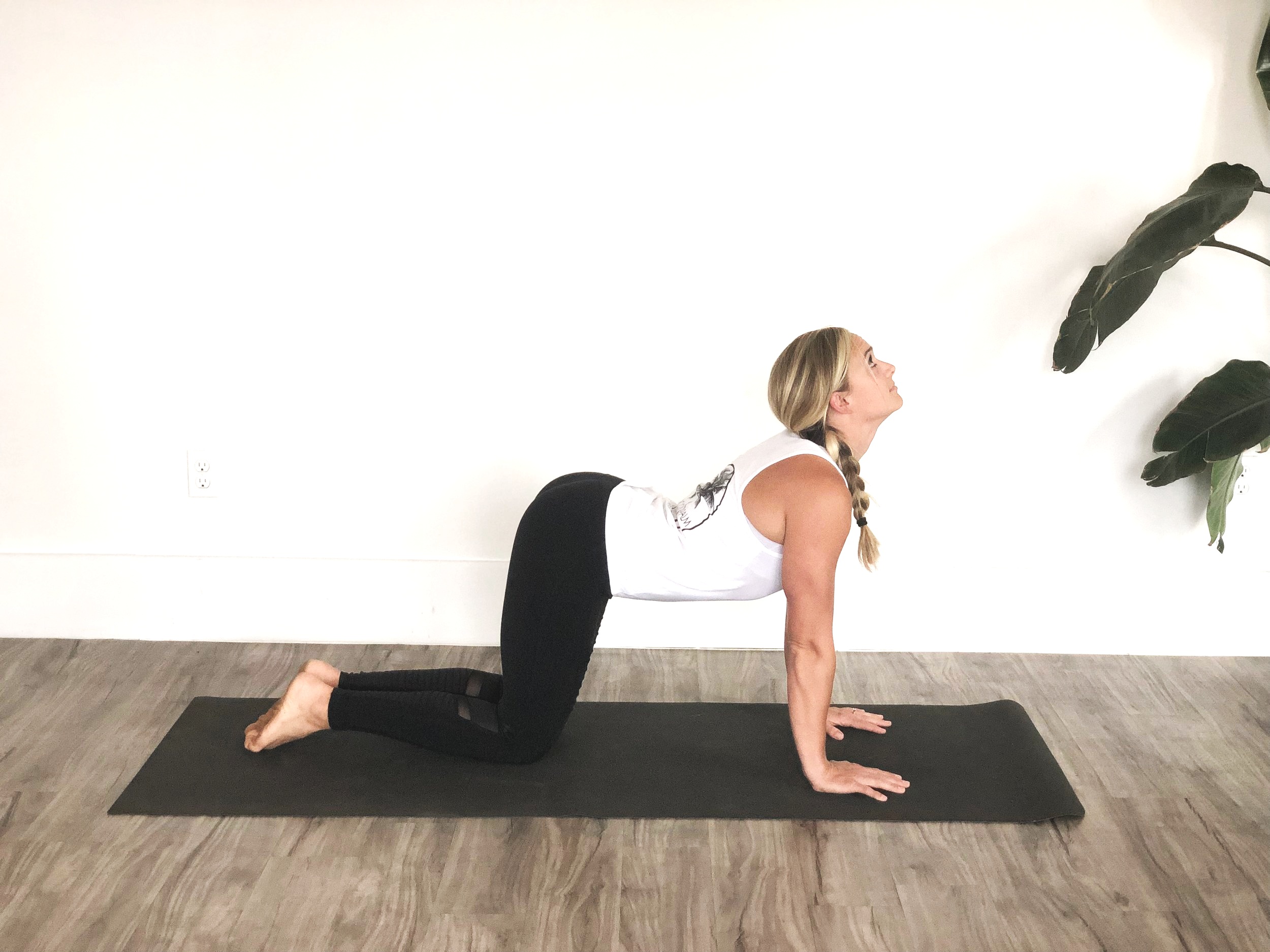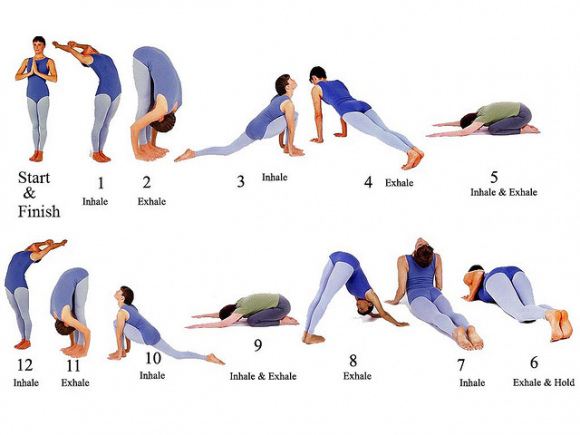
Constipation yoga is not just good for relieving stomach pain. The first one involves a simple, but effective twisting pose that stretches your abdominal muscles and stimulates the digestive system. This yoga position can help you improve your bowel movement. It can also alleviate symptoms like periods and bloating. Here are the top constipation relief poses.
Cat-cow pose: This pose stimulates the abdominal region and activates the core muscles. It also stimulates the midsection movement. The belly must be exhaled to help the intestines move. This rippling motion is said to push the poop button. This pose can be combined with a healthy diet as well as plenty of sleep. It can help alleviate your constipation issues.
Crescent Lunge Twist - This pose requires you to twist your torso. This pose is ideal for beginners, as it doesn't require any twisting. It will also help ease the gas-causing effects of constipation. Wind-Relieving Pose: This yoga pose is another great option for those suffering from constipation. This is a great inversion that can relieve gas. This is a great pose for beginners.

Crescent Lunge - This basic yoga pose stimulates blood flow and the digestive tract. Crescent Lunge requires you to be on your knees and hands with your palms facing forward. Keep your right knee pressed against your chest. Now, stretch your arms and legs. Tuck your stomach toward your navel. Repeat the process on the opposite side. This pose will strengthen your abdomen and bowels.
Wind-Relieving pose: This yoga asana can help with constipation. This exercise strengthens abdominal muscles and eliminates excess gas and acid. This is one of the most difficult asanas. It's therefore important to take care while performing it. This pose is not recommended for beginners. If you aren't confident about your ability to do this pose, you can slow down and increase the speed.
Yoga is known for its many benefits to the digestive system. Yoga not only helps control your bowel movements but also regulates your body's chemical release. For example: Most of the serotonin we produce in our bodies comes from the gut. Therefore, strengthening your parasympathetic nervous and sympathetic systems can help you balance serotonin, cortisol, and other chemicals.
The universal spinal twist aligns both the spine and the abdominals, which prevents gastritis. It also helps reduce belly fat. It is an excellent option for constipation relief. It is one the most well-known supine yoga poses for constipation. This is especially helpful for people who have high blood pressure or any other medical condition.

Aside from constipation yoga, there are many other remedies to address this condition. Regularly drinking warm water and walking are great ways to reduce stress and improve the digestive system. Healthy eating habits will help you avoid chronic constipation, and increase your overall health. To improve your posture, and to relieve pain in the back, you can try a gentle, seated downward-dog pose. This pose is particularly helpful for those suffering from chronic constipation.
Many of the constipation yoga benefits are well-known. But, it's worthwhile to try yoga for the associated symptoms. These tips will make it easy to pass stool naturally without any discomfort or pain. So, don't delay. Have a positive attitude and practice this yoga pose today!
Anti-Constipation and Yins - Find out the many benefits of doing a standing pose
Ardha Matsyendrasana also known by needle pose helps to massage the digestive system. This position helps improve digestion and cleanses the body. This pose is particularly useful for constipation treatment. You can also sit for five to seven minute increments if you're not able to sit. You can then take a deep breath, focus on the pose for several minutes, and then attempt to do it again.
FAQ
What is the best workout routine to build muscle?
There are two major exercises that you should do when you want to build muscle mass. These include isolation exercises and compound movements. Isolation exercises target particular muscles, while compound movements focus more on several groups at once.
It is important to do exercises that work all of your major muscles groups. This ensures that each session is challenging.
An app called MyFitnessPal allows you to keep track of everything. You can log everything, from calories burned to weight lifting. You can also create custom meal plans based on your goals.
What is a good daily gym routine?
You must exercise regularly to stay fit. It doesn't matter what type of fitness activity you choose as long as you do it regularly. Consistency is key. To achieve success, you need to persevere for a long time.
Begin with a small amount of daily exercise (like walking). Increase the time you spend exercising each day until you can do 30 minutes. You can do this running, swimming weight training, yoga or aerobics classes.
You should try to ensure that you exercise most days of the week. Don't skip any sessions unless you have a valid reason for not attending.
Make sure to wear appropriate clothing and footwear for outdoor exercise. Also, consider weather conditions and how they might affect your ability or safety while exercising.
When exercising, ensure you drink lots of water. It is best to avoid alcohol while you're exercising. Also, avoid caffeinated drinks such as coffee, tea, and cola. These drinks may give you energy but also dehydrate your body.
At first, it's normal to feel tired after you finish your exercise routine. But if your workouts are continued, you will feel more energetic.
Is it true that overeating protein causes kidney stones?
Protein helps maintain healthy bone and tissue. Too much protein can cause calcium to be excreted through the urine. In turn, this can result in kidney stones.
It's important to note that not everyone gets kidney stones after eating more than 2 grams of protein per kilogram (2.2 pounds) of body weight. High amounts of protein can be consumed by some people without causing kidney stones.
By being careful with your sodium intake, you can prevent kidney stones. Sodium helps regulate water balance in the kidneys. High levels of sodium are linked to a greater risk of developing renal stones.
If you have kidney stone, you might also consider reducing your protein intake. Protein accounts for about half the daily caloric requirement of most adults. A reduction in protein intake will likely result in weight loss.
If you do decide to eat more protein, don't go overboard. Aim for less than 20% of total calories from protein.
Statistics
- According to the American Academy of Dermatology (AAD), men over 50 are at a heightened risk of developing it. (healthline.com)
- By John Thompson Take a whopping 38% off a set of PowerBlock Pros. (menshealth.com)
- Get free shipping and 25% off today. (healthline.com)
- Candidates and applicants must pass all four tests at 70% (minimum level) to graduate from Basic Deputy U.S. Marshal (BDUSM) Training. (usmarshals.gov)
- Cardmembers earn 5% Back at Amazon.com with a Prime Credit Card. (amazon.com)
External Links
How To
How can a man get in shape in 30 days?
Breaking down your fitness goals into manageable steps is the best way to reach your goals.
This is why you should make sure that you're working toward your goal every day. This could include anything from 10 pushups that last 5 minutes to running 3km.
Positive results will be achieved if you do this consistently over time.
Here, consistency is the key. Keep at it until success!
What is the main difference between Aerobic Fitness or Anaerobic Fitness
Anaerobic fitness describes the body's ability not to use oxygen to perform intense physical tasks. Anaerobic pathways are used to give our bodies enough energy to perform high-intensity exercise. Anaerobic pathways can include glycolysis, creatinephosphate, the Phosphagen, and lactic acids.
Contrary to that, aerobic fitness is the ability to sustain low-intensity exercises for a long time. While performing aerobic exercises, oxygen is used as the primary source of fuel for the cells. In other words, aerobic pathways provide more energy than anaerobic.
You must build your aerobic capacity before you can run a marathon. If you don't focus on increasing your aerobic capacity, you will not be able finish the race.
Aerobic fitness can also be called cardiovascular fitness. The most common methods of determining cardiovascular fitness are step tests and VO2max testing.
VO2 Max Test
VO2 max refers to the maximum amount of oxygen (O2) used by the body during exercise. This test determines how much O2 your body can use during exercise.
This is one of the most accurate tests to measure cardiovascular fitness. The test is difficult to administer because it requires expensive equipment.
Step Tests
Step tests are an easy but powerful way to determine your cardiovascular fitness. They involve walking or jogging on a treadmill or track for a certain duration based on your age and weight.
These tests cost little, are quick and simple to do, and can be carried out almost anywhere. You can for instance walk on a treadmill 2 minutes, then stop for 1 minute. You should maintain a constant heart rate throughout the session.
This protocol is called the "Bruce Protocol". Bruce was himself a runner and developed the protocol after realizing his heart rate wouldn't increase when he ran for longer distances.